Med Pearls presents traditional customs in Pieria and Imathia during Christmas and New Years Eve
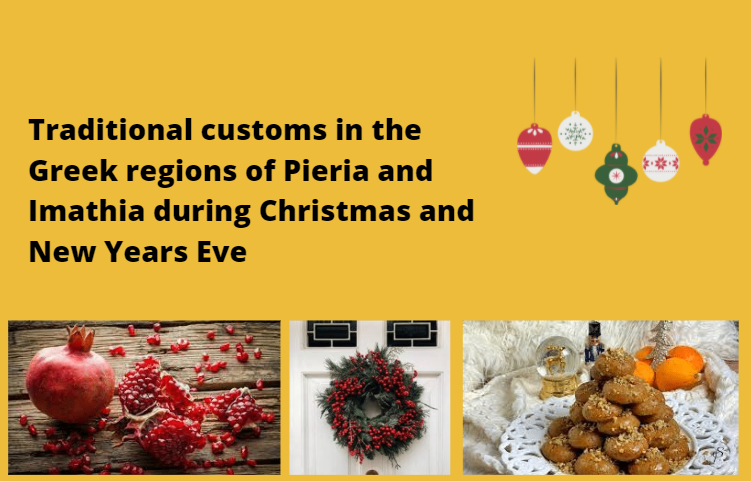
This article is written by one of the members of the Med Pearls project to provide us with local knowledge of the regions of Pieria and Imathia. We believe the best way to listen to local food and customs is from local people.
When December comes, a sweet Christmas impatience is born and spreads quickly in our daily lives. Customs and traditions become protagonists while the days are counting down to Christmas. But have you ever wondered where all customs come from? How many were lost in time or how many unknowns exist? Let's make a winter trip in a festive Greek atmosphere and especially in the pilot areas of Pieria and Imathia to discover them!!
1) ‘’Melomakarona’’ sweets
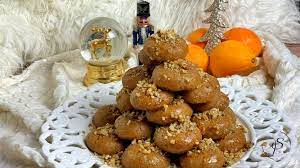
Christmas is considered a continuation of the ancient celebration of the sun that was celebrated in Ancient Greece at the end of December and Christmas somehow replaced the worship of the sun with that of Christ as son of God. ‘’Melomakarona’’ is the traditional Greek Christmas sweet, but actually this sweet has its origins from the ancient Greek feast of the sun. According to one version, the ’’Melomakarona’’ are essentially a variation of the sweets made by the Ancient Greeks during the winter solstice, that is, on the feast of the Sun! Of course we can not be sure that these sweets had the same form as today's Melomakarona, except that they consisted of the same raw materials (flour, honey and nuts). So this sweet passed to our days and became in a way synonymous with Christmas!
2) ‘’Christmas bread’’
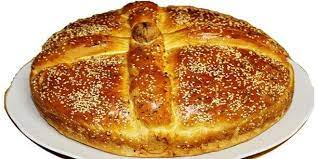
The "bread of Christ" is kneaded on Christmas Eve with great reverence. An essential ornament is the engraved cross. On Christmas day, the householder takes the Christmas bread, crosses it, cuts it and distributes it to all those present at family table, as a symbol of Holy Communion, where Christ gave the Bread to all those present.
3) ‘’Christmas wreath’’
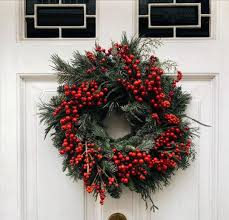
In the villages of Pieria and Imathia, they usually hang garlic braids on the walls and the front doors, on which they nail carnations to chase away the bad language that "nails" the happiness of their home. The front door of the houses are also decorated with a fir wreath, decorated with other Christmas decorations. According to tradition, the wreath brings good luck to the hosts of the house.
4) ‘’Rougatsia’’
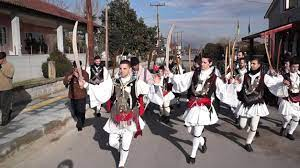
In areas of Macedonia, where Pieria and Imathia Pilot area belong to, on Christmas day the older boys of the villages form the "Rougatsia" that is small groups that go around all the houses, singing the local carols. No one should be absent from the house when the Rugatsia come, while ‘’Rugatsia’’ should not find any closed house.
5) The breaking of the pomegranate
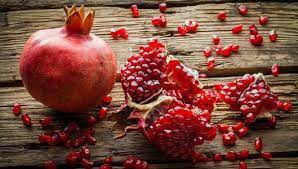
The pomegranate is a fruit that, since antiquity, has been associated with the cycle of the seasons, the rebirth of nature, good luck, fertility and abundance. On New Year's morning, Greek families in Pieria and Imathia bring to church a pomegranate to be blessed by the priest. Returning home the older breaks the pomegranate in front of the door so that the pomegranate rye sprinkles everywhere, giving the wish " the new year may come with health, happiness and joy and as many pounds as the pomegranate seeds are at the floor" .







